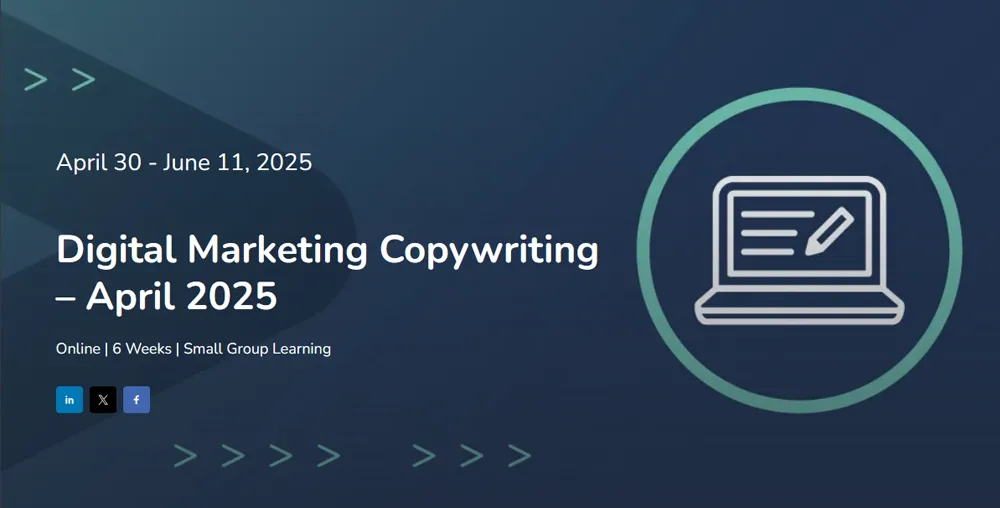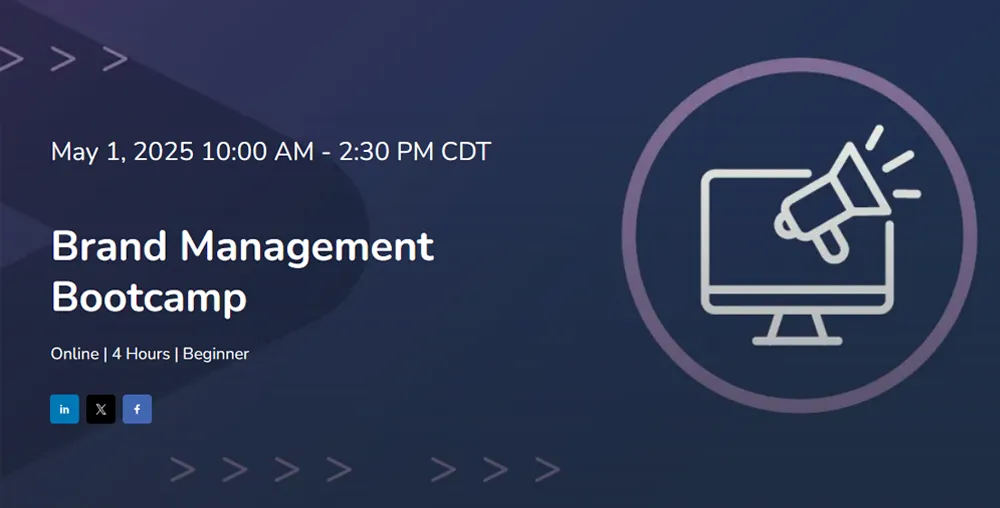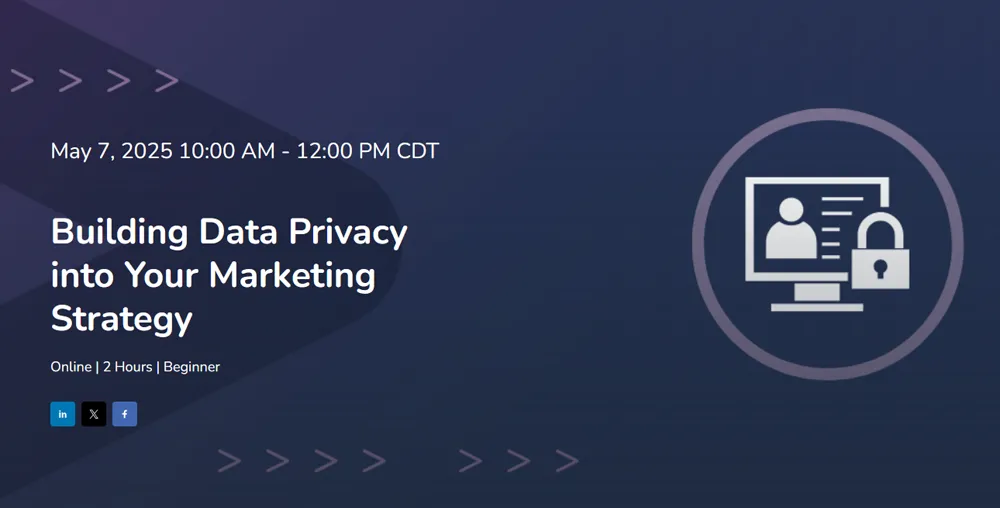When you hear the word ‘wearable’ you probably think of fitness trackers such as the Fitbit, or smartwatches such as the Pebble and the Apple Watch. Today however, wearables are providing a foundation for entirely new ways to reach prospects and customers.
The power to save lives
Wearable technology opens the doors for a variety of innovative applications, some of which help to save lives. In one campaign marketers used bracelets to increase a nation’s blood donation totals by 335%. The campaign run by Nar Mobile, consisted of distributing two way charging cables for free to mobile phone users. When plugged into two phones, the device enabled users to “donate” battery power to each other.
The video below illustrates the campaign in action and how it worked:
The Donor Cable / Clube Sangue Bom – Videocase (english version) from Leo Burnett Tailor Made on Vimeo.
Shorter attention spans
You don’t need to be an engineer to leverage wearables in your marketing campaigns. The key to success is to make your content “glanceable” so it’s easier to read on smaller screens. Your messages/information need to be tailored to the current user activity (i.e. Are they at a desk? On the trails? Relaxing at home?) Outlets such as CNN, Nat Geo, and NPR have created content specifically for Google Glass users. By taking key information such as photos and headlines, the content is converted into interactive slides. While Google Glass never took off, adapting your content for smartwatches is becoming a challenge for many marketers.
Virtual reality – not just for gamers
Projects such as Google Cardboard make it possible for virtually anyone to start using virtual reality with just an Android or iOS device. While the Oculus originally gained popularity in the gaming sphere, retailers are now using virtual reality to create immersive customer experiences. TrendHunter has a collection of the most notable campaigns, including Audi’s virtual car dealership, Tommy Hilfiger’s virtual retail store, Chrysler’s assembly line simulator, and even virtual campus tours.
Making sense of it all
While virtual reality and wearable marketing is a bit complex, you don’t need to get an computer science degree just yet. Just like the mobile space, as virtual reality and wearable technology matures, it’s going to become easier to work with. For the time being, it’s a good idea to keep an eye on this space so you’re able to make a seamless transition as time goes on.

Charles Costa is the owner of Costa Advisory, LLC. A consulting firm specializing in business strategy, technology industry analysis, and content marketing. Learn more at CharlesCosta.net
Blog photo credit: Leszk Soltys









Comments are closed.